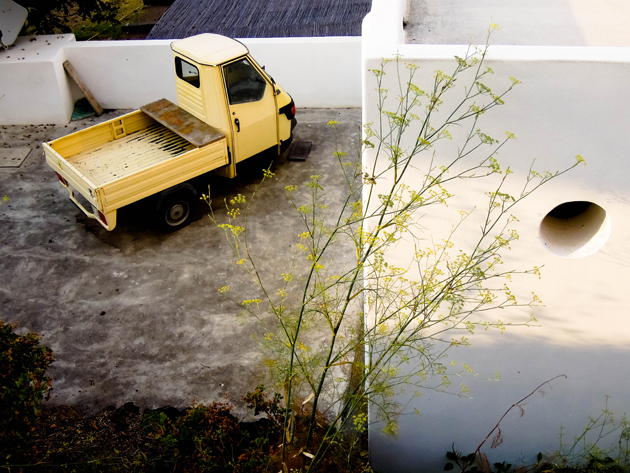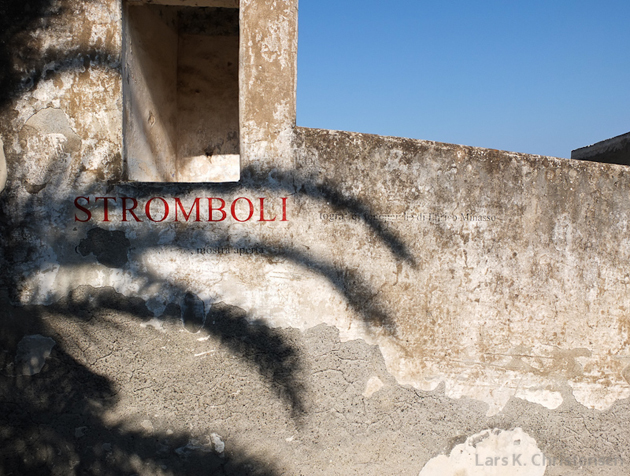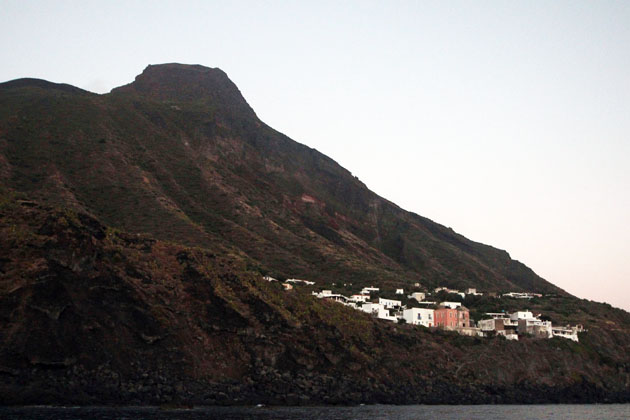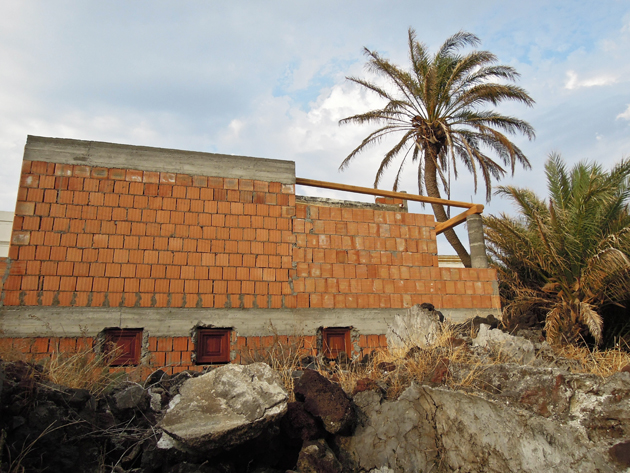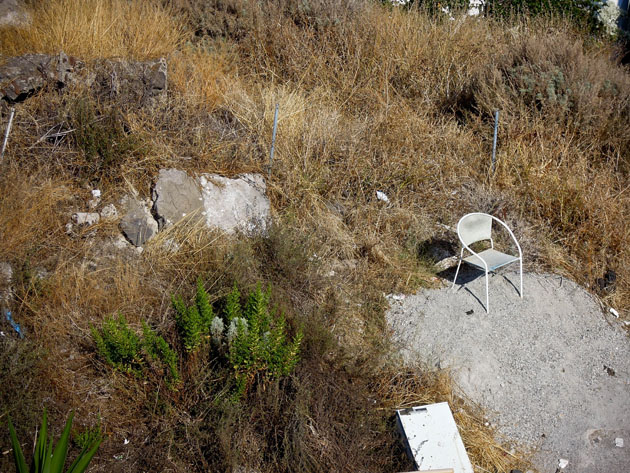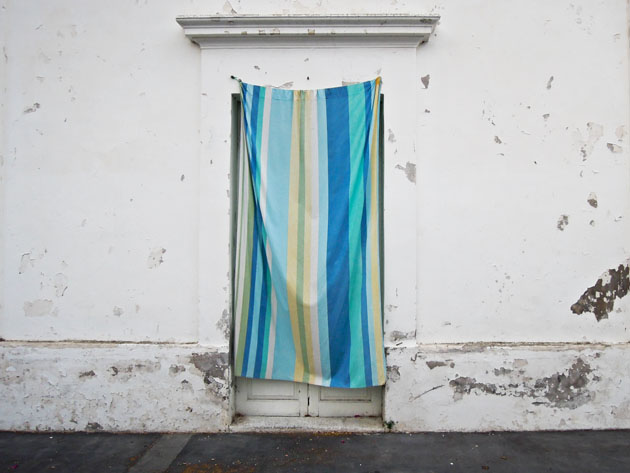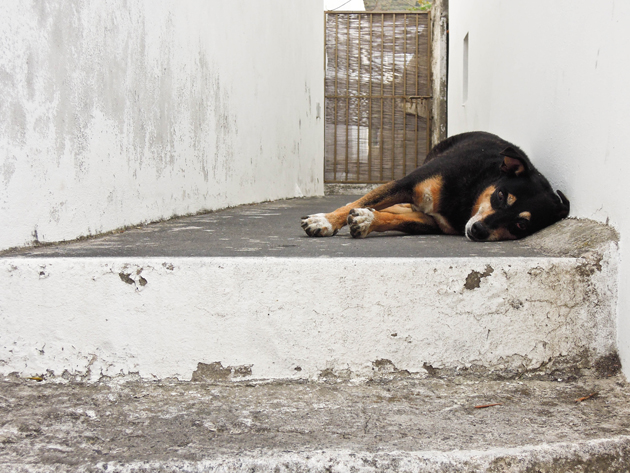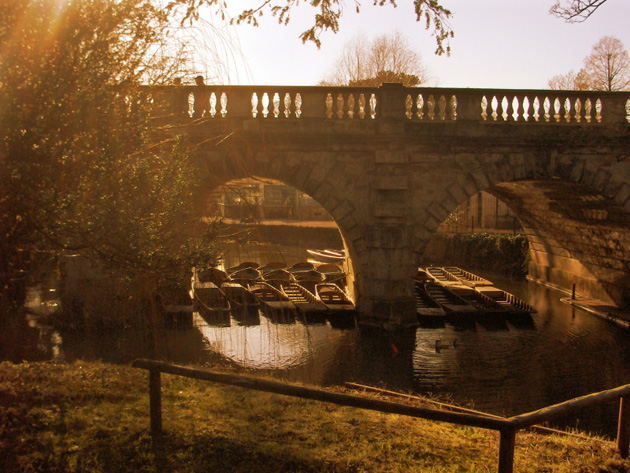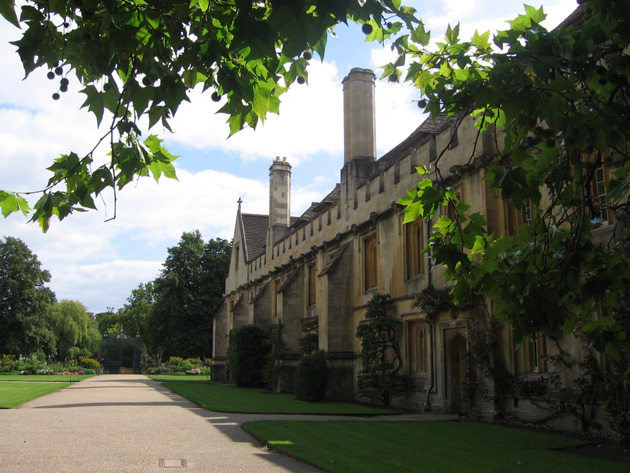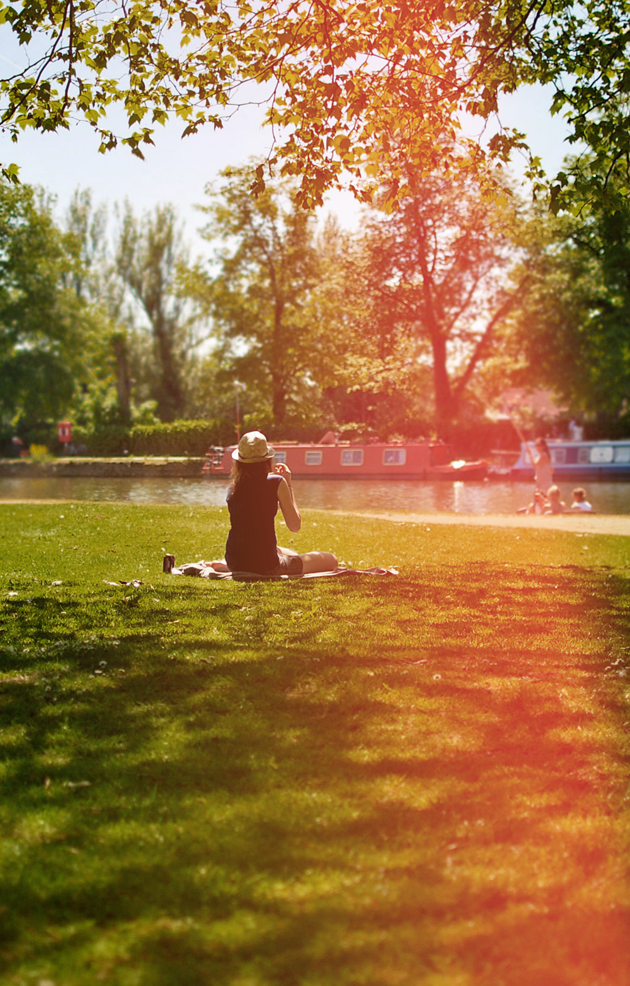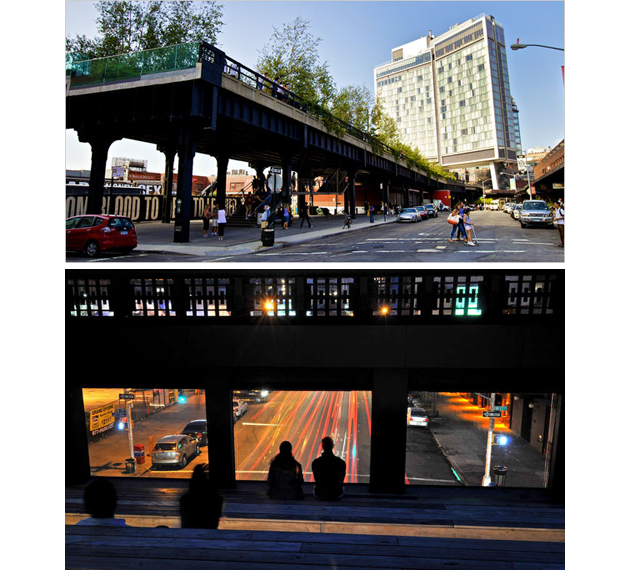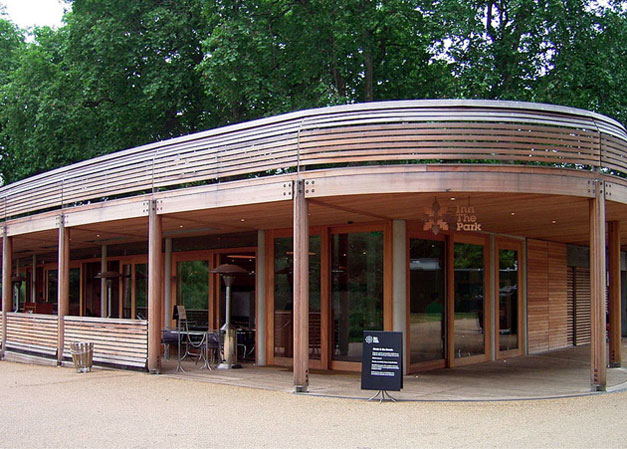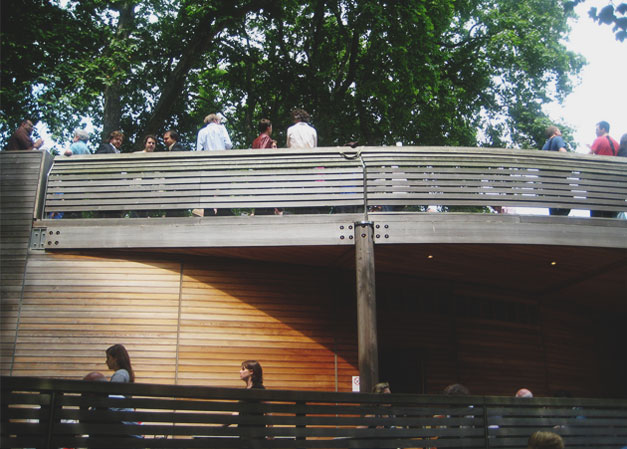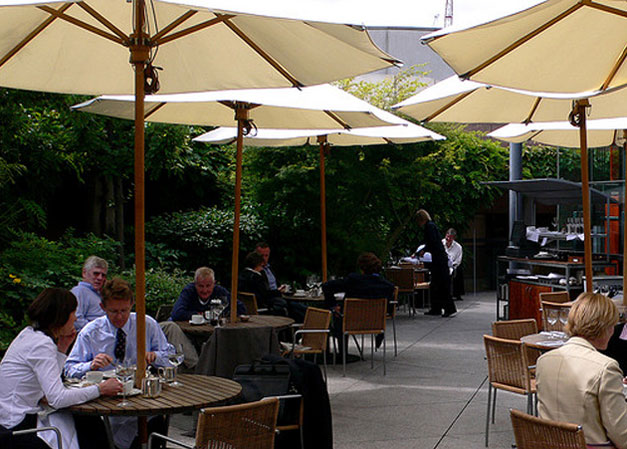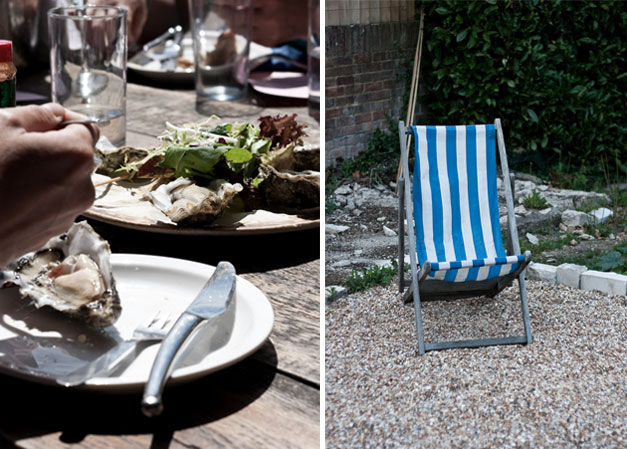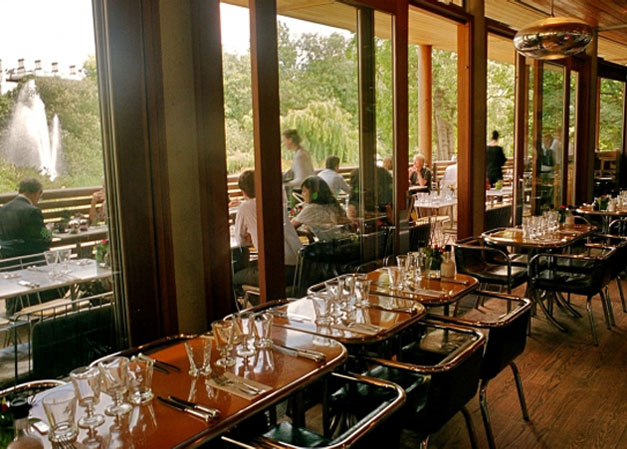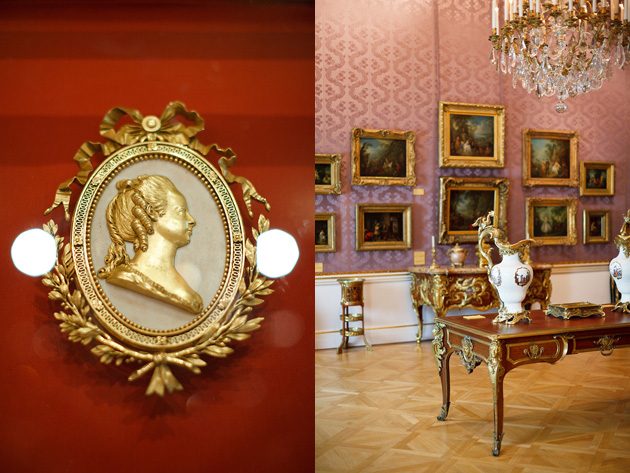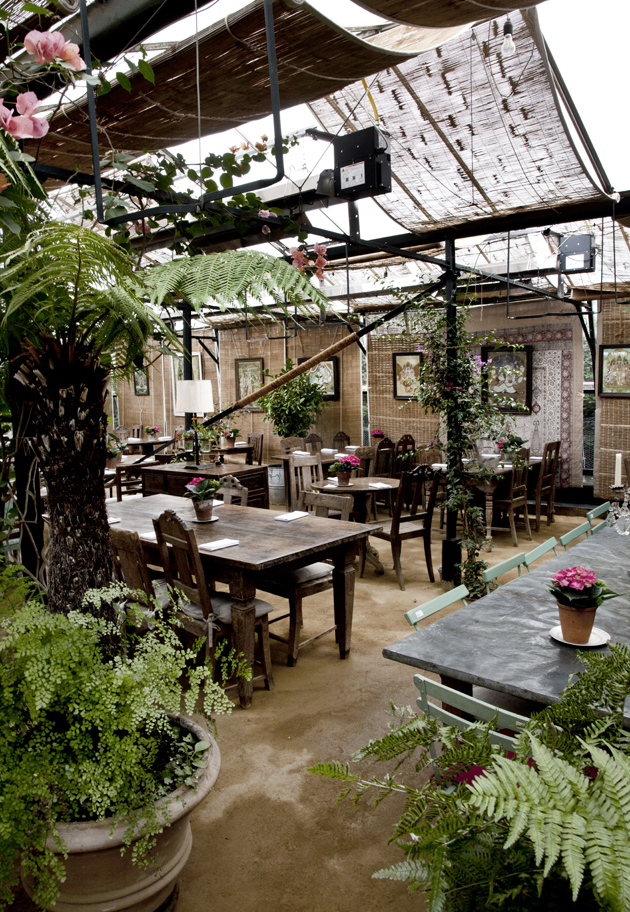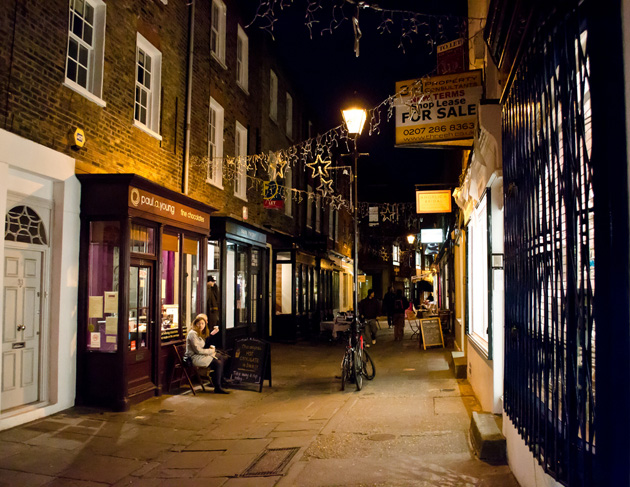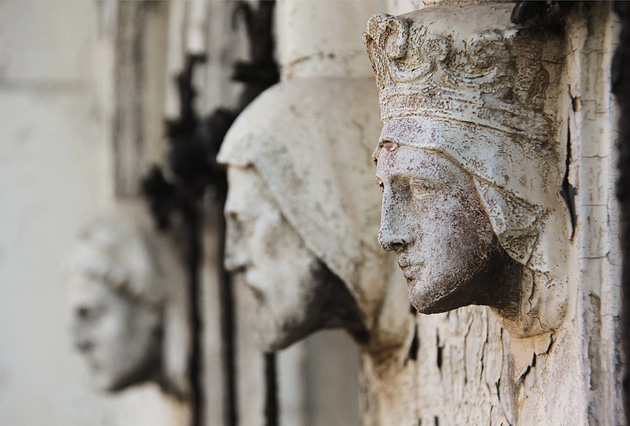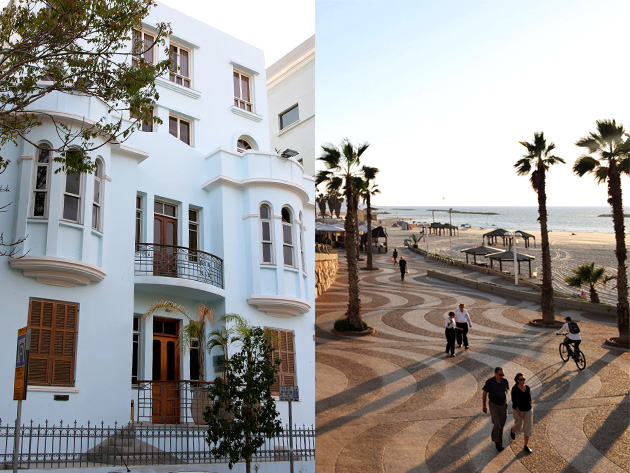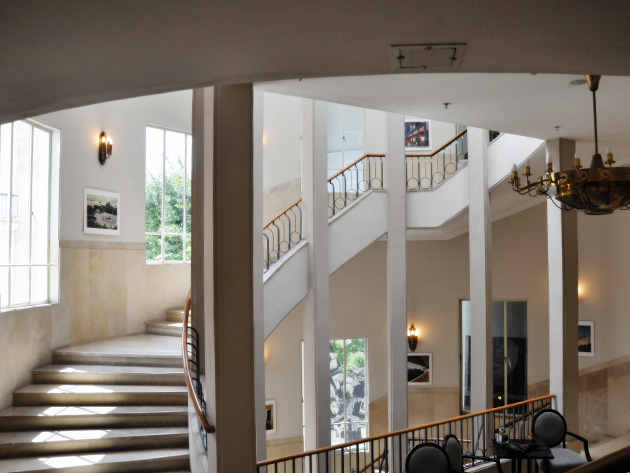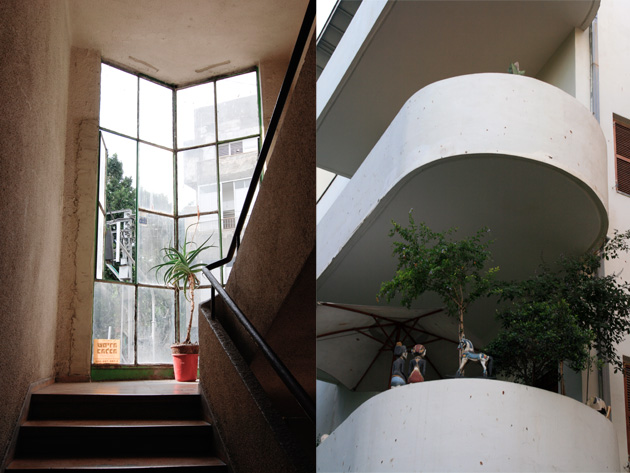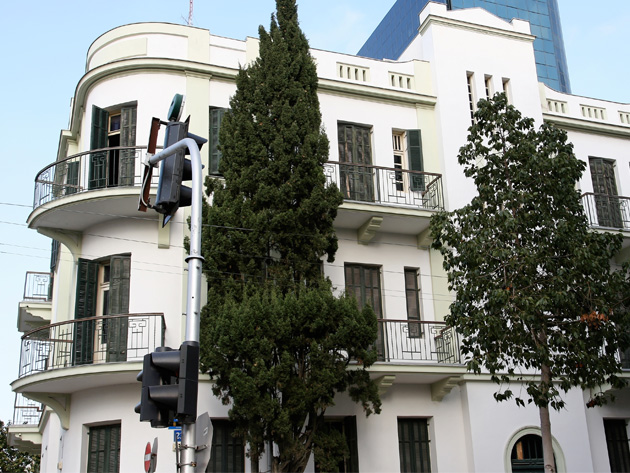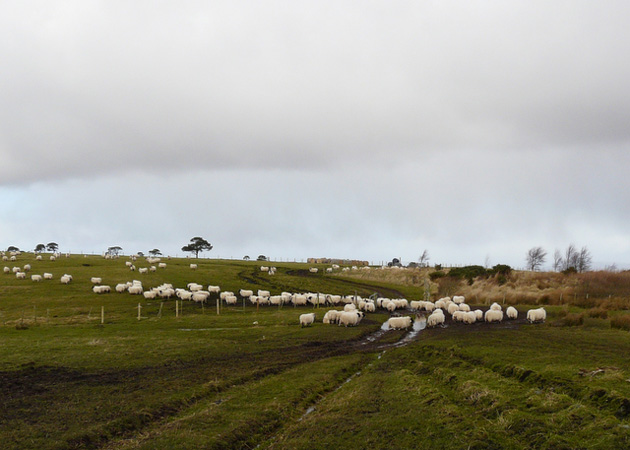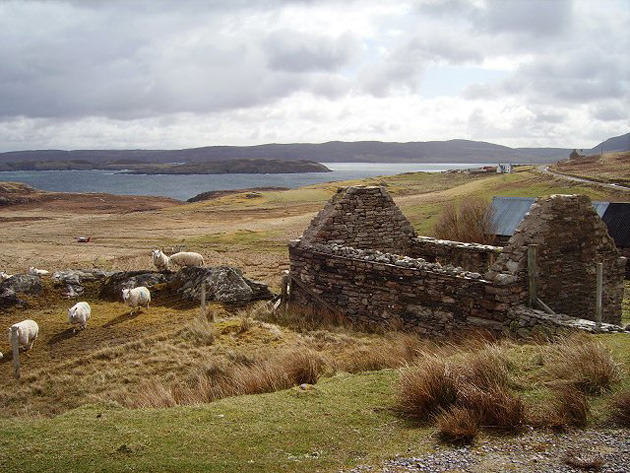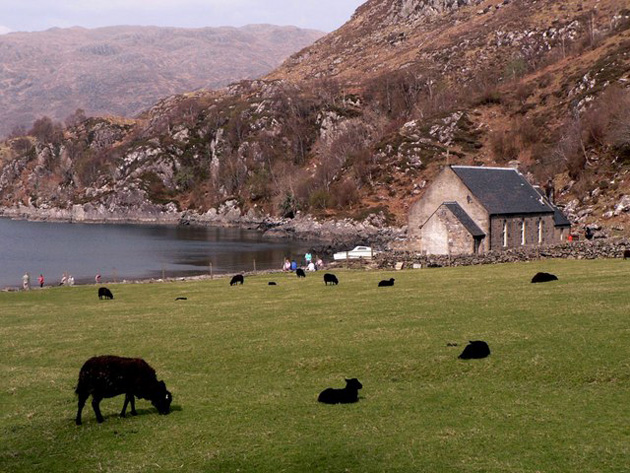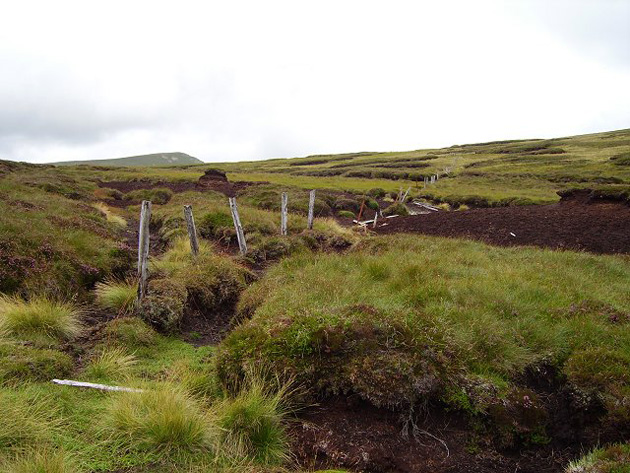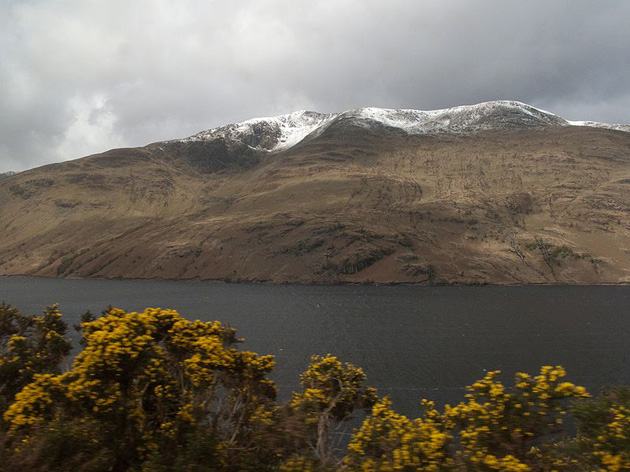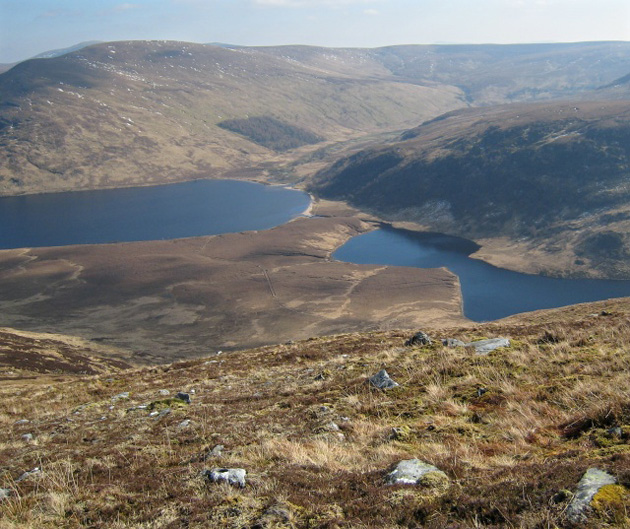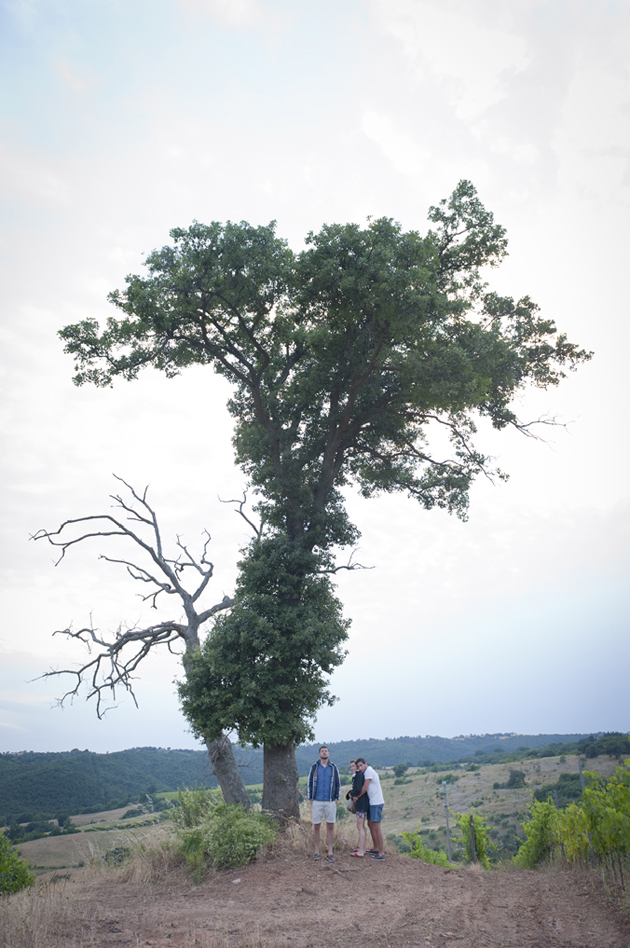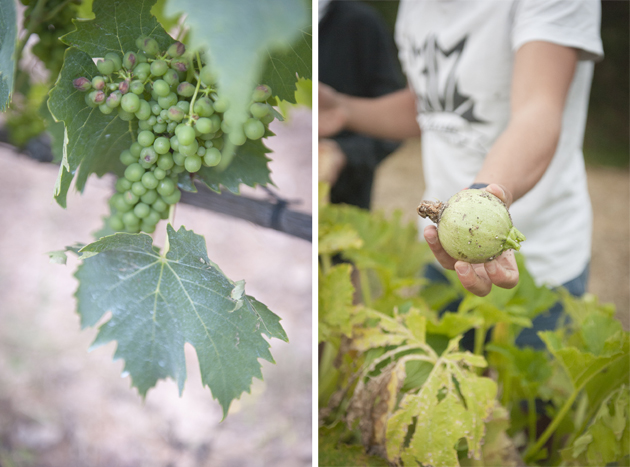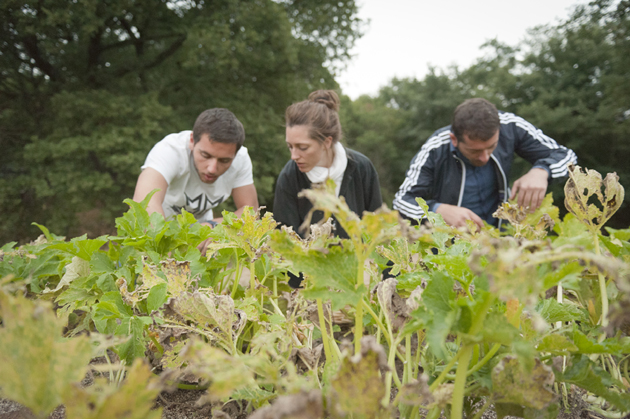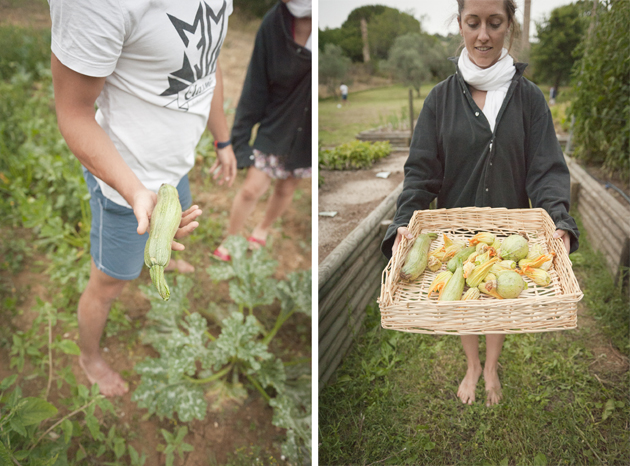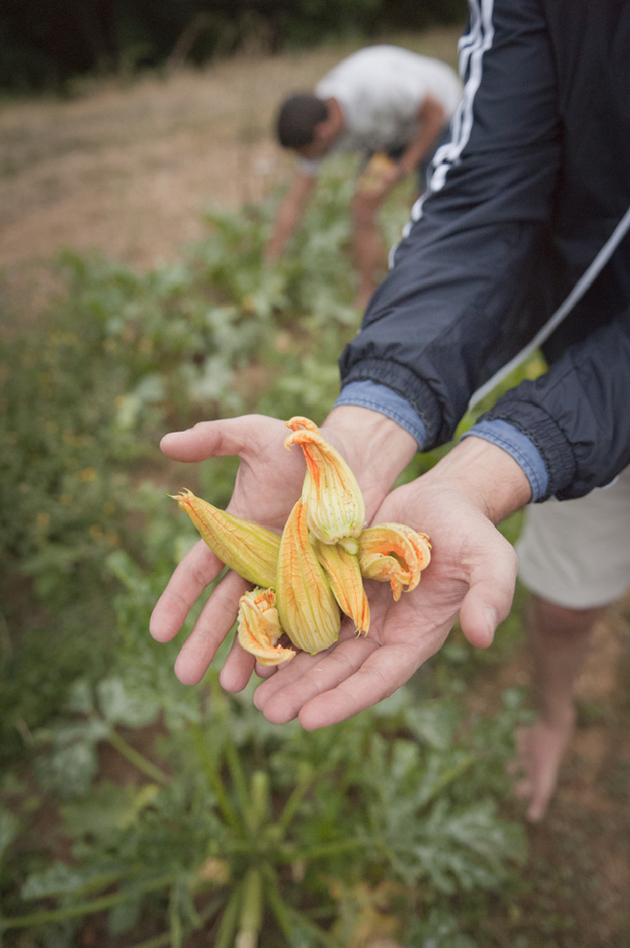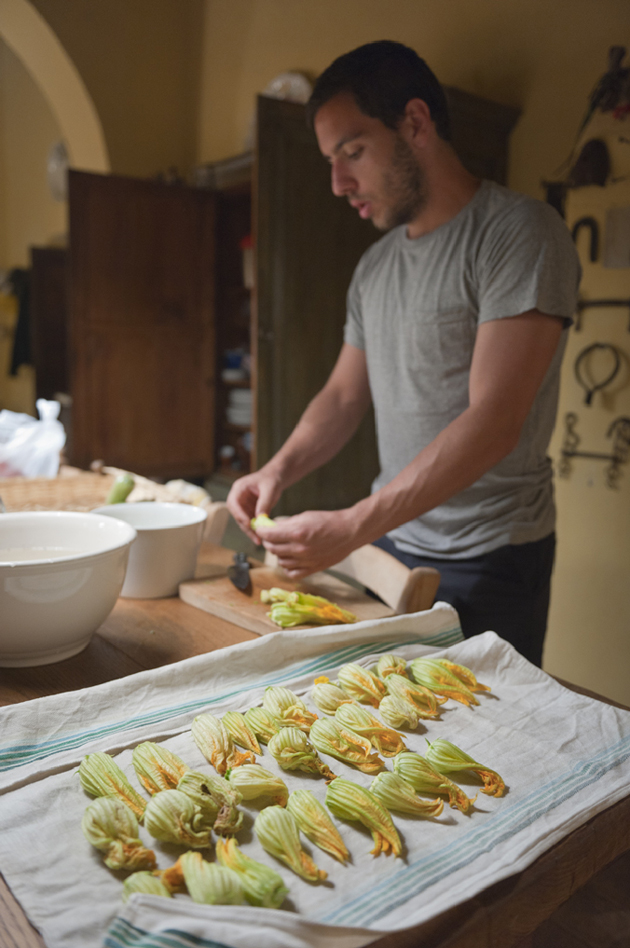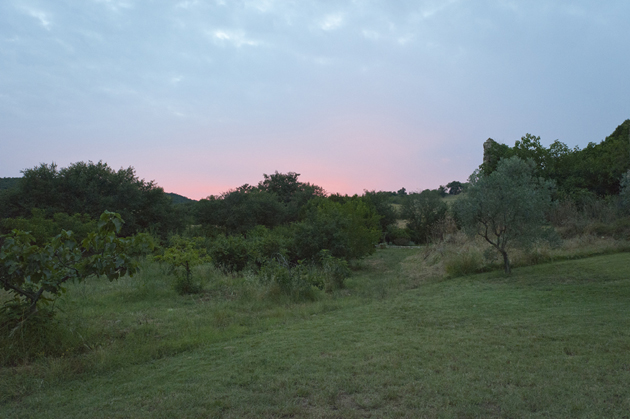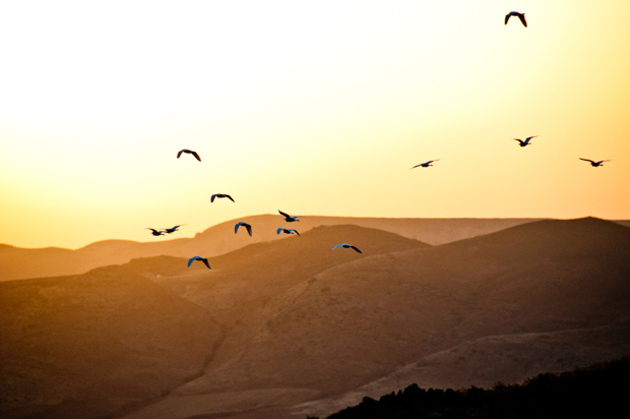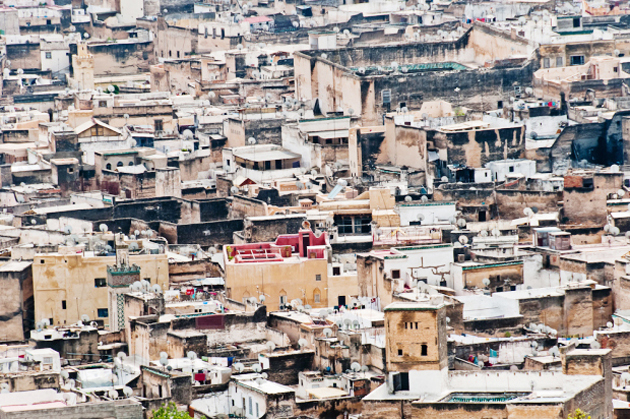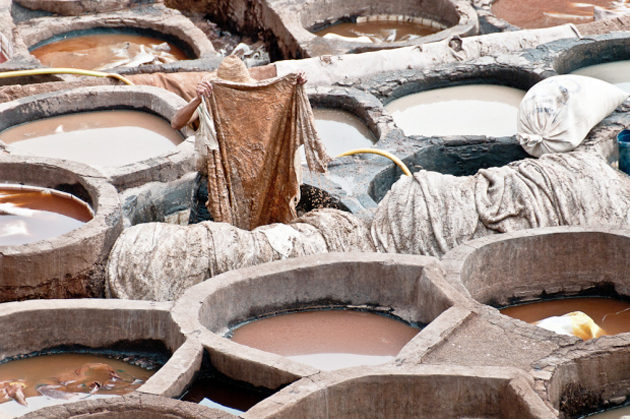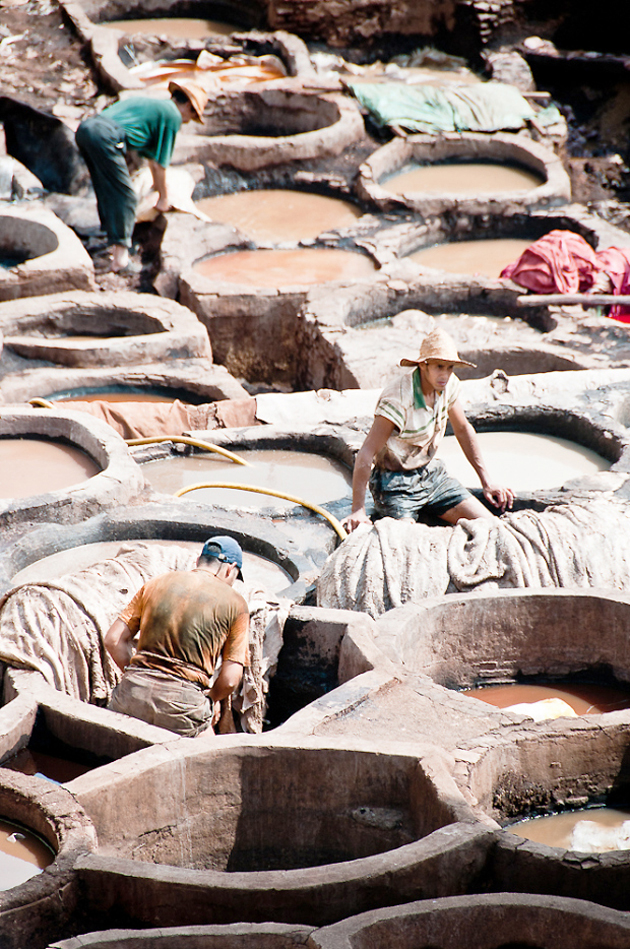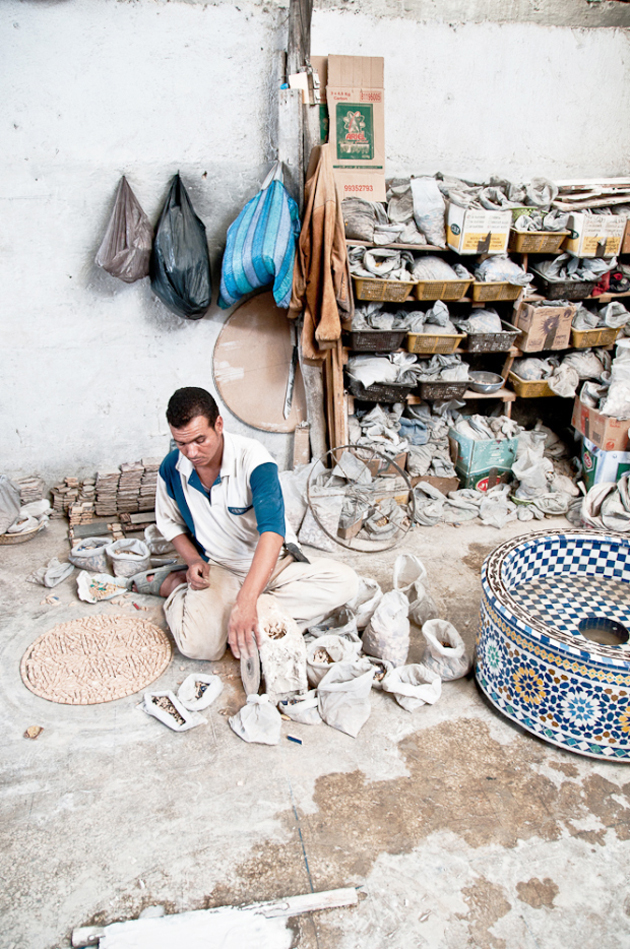When you see Carmelo Flores Laura, it is impossible not to think about one of the protagonists of Gabriel Garcia Márquez‘s or Isabelle Allende‘s novels. To find him, last August some photographers climbed a 4.000-meter high mountain to reach a village westbound of La Paz. Once there, they met this hobbit-looking, gap-toothed, aged little man, so aged that, according to documents, he would be born in 16 july 1890, which would make him 123 years old by now. His birth certificate has been sent very soon after that to Guinness World Records, and if the date can be confirmed, he would become the oldest person on Earth. But, to this andean little man, records like this don’t mean too much. He is surely a centenary. He has tilled the soil for a whole lifetime, eating lizards and coca leaves; he protects himself from andine cold wearing only a poncho and, between one thing and another, he had three sons, 16 grandchildren and 39 great-grandchildren. He has already had an extraordinary life.
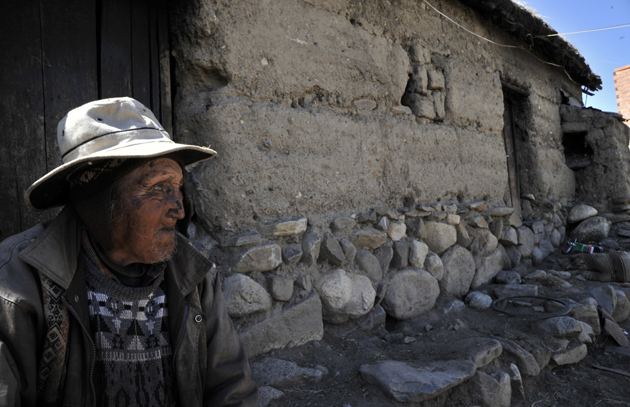
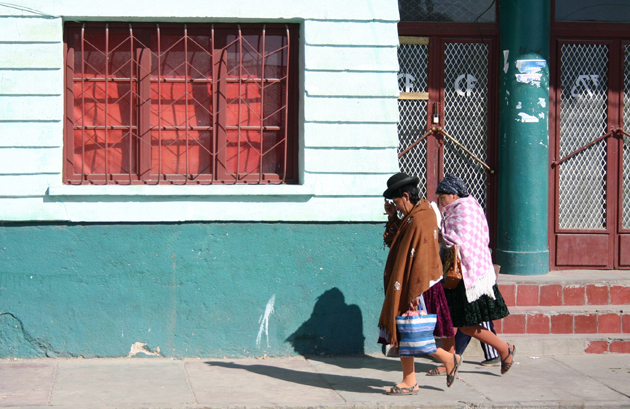
Carmelo Flores is the emblem of a whole nation, Bolivia, the South American country that, better than many others, preserves its traditional culture. In this part of America, there are places that look like lunar craters, as La Paz, the highest capital in the world, and breath-taking andean landscapes, as Titicaca lake, venerated from Indios Aymara and Tupiza, a city that appears suddenly between mountains, rivers and forests of cactuses. Bolivia doesn’t have any shoreline: this state is a hazelnut of land which rubs shoulders with Brazil, Argentina, Chile, Peru and Paraguay, craved for hundred years by these countries that saw it as a place to conquer.
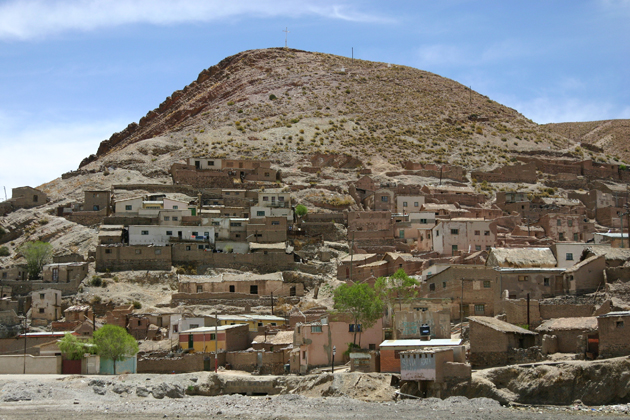

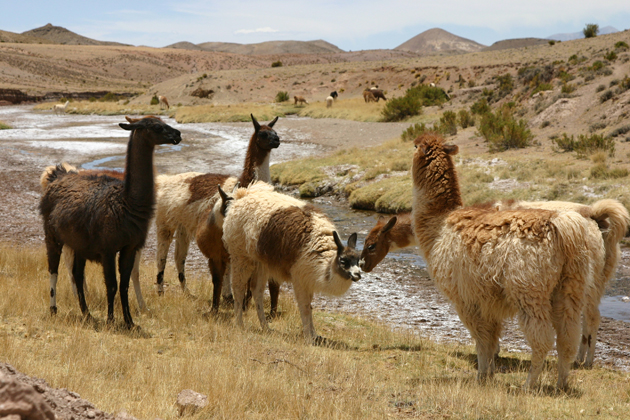
Bolivia is a land of contrasts, broken into two parts that almost never collide: one, the smallest, is populated by dangerous gangsters who export drugs worldwide. The other inhabited by people who live far away from richness and illegality. Carmelo Flores, as the most of the bolivians, belongs to this second universe. Poor, illiterate, he spends his days cooking rice and walking around together with llamas, symbols of these old lands that for their tops are known as “The Tibet of Andes”. Maybe it’s because of the heights and for its inner position, maybe for the obstinacy with which indios preserve their traditions: whatever it is, Bolivia looks like a country at the end of the world, from where to start again to appreciate the taste of simplicity, and of life spent day by day.


